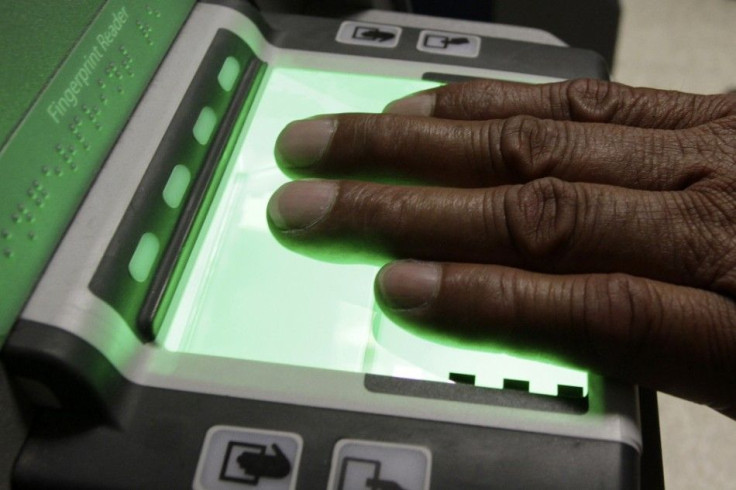New Fingerprint Drug Test Offers A Quicker Alternative That’s Hard To Fake

Scientists from the University of Surrey in U.K. have discovered a new way to test for drug use--through fingerprints. This first non-invasive method can tell if a person has consumed drugs and not just touched it.
Currently, drug use can be identified through urine and blood exams. However, the new fingerprint drug test offers a much quicker alternative and it is hard to fake the results. This new test can also become a portable kit for police department in the future, reports USA Today.
In the May 1 published study found in Analyst, a team of researchers led by the university used a different chemical technique for analysis called mass spectrometry to help analyse fingerprints from patients of drug treatment programs. They studied the same prints once again, this time using saliva samples to check if there are correlations to the results of both tests.
When a person takes cocaine, traces of benzoylecgonine and methylecgonine are left behind during metabolism of the drug. These drug traces will find their way into fingerprint residue, which will now be used to confirm drug use, according to Dr. Melanie Bailey, the study’s lead author.
Current traditional drug testing methods such as testing for saliva and blood samples offer certain drawbacks. For instance, blood testing can be invasive for patients, while urine testing has privacy concerns. The Independent UK reports that the fingerprint analysis can solve issues surrounding conventional drug testing methods.
According to Time, researchers note that the mass spectrometry techniques “offer a high level of selectivity and consume only a small area of a single fingerprint, allowing repeat and high throughput analyses of a single sample.” Within the next decade, this technology is anticipated to be available in a portable form for enforcement agencies to use.
Researchers also said that this new technique is “only bound” by the size of spectrometers, as they are typically large in size. However, there are companies already developing miniature-sized devices for future fingerprint drug tests that will be considered safe and less invasive.
To report problems or leave feedback on this article, email: wendylemeric@gmail.com.





















